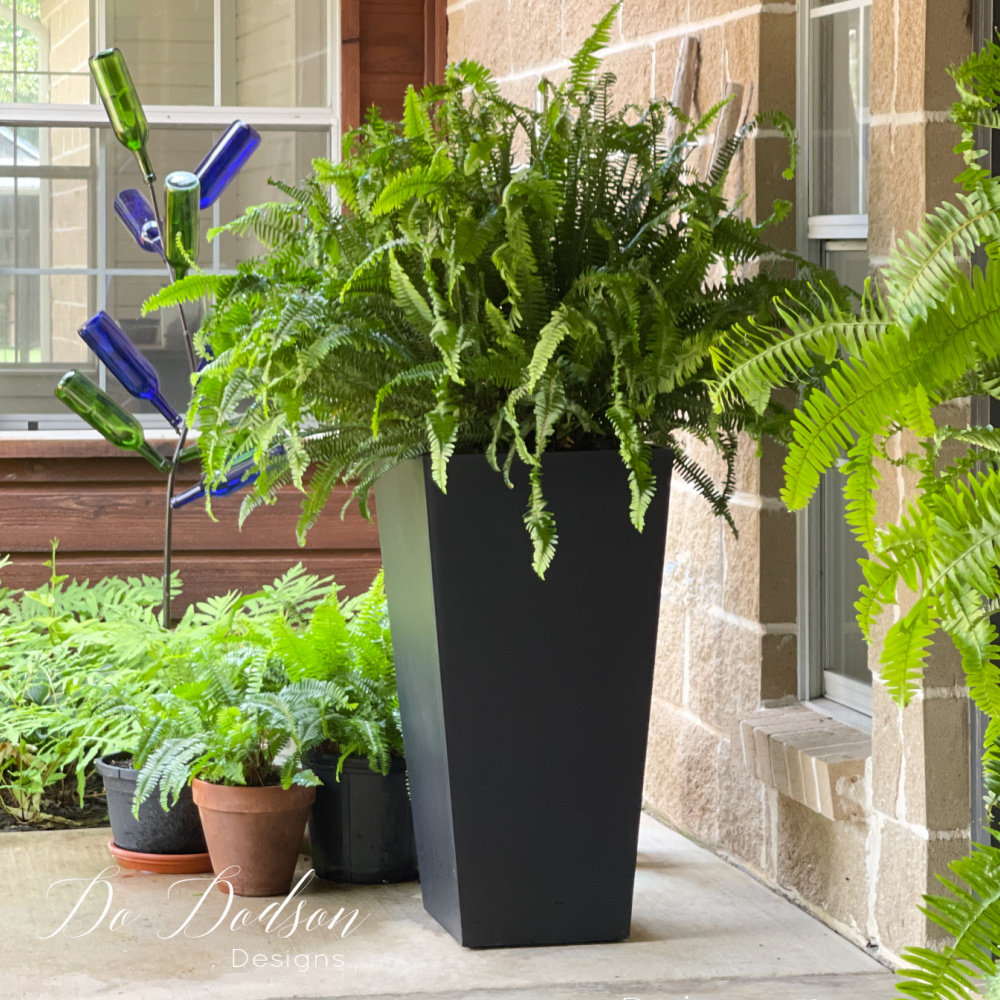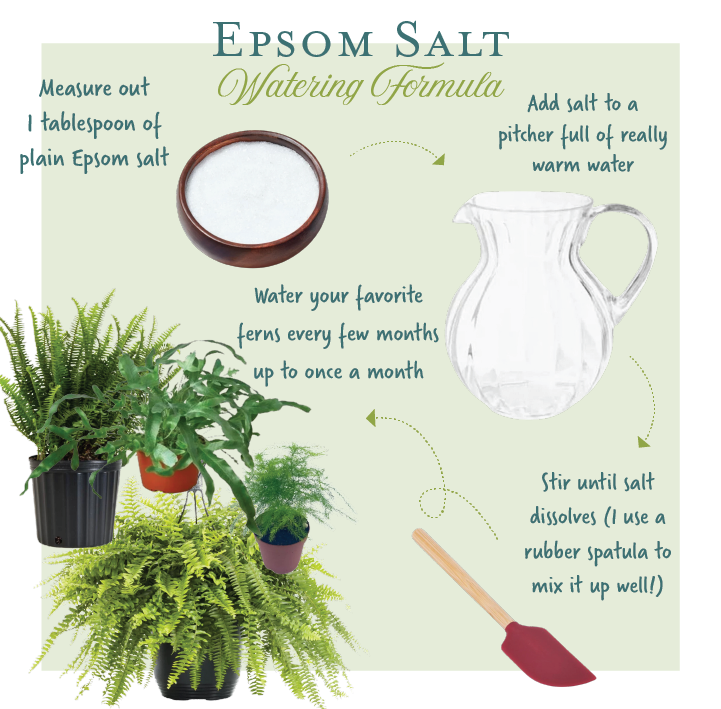What Plants Don't Like Epsom Salt as well as Their Alternatives
Wiki Article
Learn More About the Specific Plants That Are Detrimentally Affected by Epsom Salt Application
Epsom salt, a popular family treatment for numerous gardening problems, is commonly applauded for its beneficial results on plant growth. Comprehending the specific plants that can be adversely affected by Epsom salt is vital for any kind of garden enthusiast looking to enhance their plant care routine.Roses

Roses, especially conscious adjustments in their setting, can be negatively influenced by the application of Epsom salt. While Epsom salt is frequently utilized as a plant food to promote plant development and improve flowering, roses are among the plants that do not respond well to its application. The high magnesium web content in Epsom salt can interfere with the uptake of other necessary nutrients by the rose plants, bring about deficiencies that show up as yellowing leaves or stunted growth.

Tomatoes
While Epsom salt is usually proclaimed as a treatment for numerous plant concerns, including blossom end rot in tomatoes, its application can lead to harmful outcomes if not utilized judiciously. Excessive Epsom salt, which is magnesium sulfate, can interrupt the fragile nutrient equilibrium required by tomatoes, possibly leading to shortages in various other crucial nutrients like calcium. When taking into consideration the usage of Epsom salt on tomatoes, it is crucial to stick to advised application rates and soil screening to stop unintentional effects on the overall health and wellness and performance of these cherished garden plants.Peppers
Peppers, revered for their different shades and degrees of spiciness, can show sensitivity to adverse influences from Epsom salt when not used with treatment and factor to consider for their specific dietary requirements. what plants don't like epsom salt. Peppers, coming from the Solanaceae family, require a delicate balance of nutrients to flourish. While Epsom salt is recognized to increase magnesium levels in plants, extreme application can disrupt this equilibrium, resulting in unfavorable impacts on pepper plantsWhen peppers are exposed to high levels of magnesium from Epsom salt, it can interfere with the plant's capacity to take in various other necessary nutrients like calcium and potassium. This imbalance may manifest in symptoms such as leaf discoloration, investigate this site stunted development, and minimized fruit manufacturing. In addition, the excessive magnesium can change the dirt pH, additional exacerbating nutrient uptake concerns for peppers.

Rhododendrons
Offered the sensitivity of particular plant varieties to imbalances brought on by Epsom salt, it is vital to think what plants don't like epsom salt about the effect on Rhododendrons, which additionally call for specific nutrient degrees to prosper. Rhododendrons are acid-loving plants that like acidic soil problems with a pH variety between 4.5 and 6.0. Epsom salt, chemically called magnesium sulfate, can alter the soil pH and interfere with the fragile equilibrium of nutrients necessary for Rhododendron health and wellness.
To keep the optimal growth and health of Rhododendrons, it is essential to prevent the indiscriminate use Epsom salt and rather concentrate on providing the details acidic dirt conditions and nutrients that these plants require for flourishing.
Azaleas
These prominent blooming plants are often located in gardens, landscapes, and parks due to their charm and versatility. While Epsom salt is generally utilized as a treatment for magnesium shortage in plants, its application to azaleas can have damaging effects.When Epsom salt is put on azaleas, it can content alter the dirt pH, making it a lot more acidic. Azaleas favor slightly acidic soil conditions, and an extra of magnesium from Epsom salt can disrupt this equilibrium, resulting in nutrient discrepancies and potential poisoning issues. The incorrect application of Epsom salt can result in stunted development, yellowing of leaves, and total decline in the health of azaleas. It is essential to be mindful when thinking about the usage of Epsom salt on azaleas to prevent any unfavorable effects on these fragile ornamental hedges.
Verdict
Finally, it is essential to be conscious of the details plants that can be negatively affected by the application of Epsom salt. Roses, tomatoes, rhododendrons, azaleas, and peppers are some instances of plants that might not take advantage of Epsom salt and might also endure harm. It is important to research and understand the demands of each plant types before making use of Epsom salt as a fertilizer to ensure their health and wellness and well-being.
Recognizing the certain plants that can be detrimentally affected by Epsom salt is critical for any type of gardener looking to maximize their plant treatment routine. While Epsom salt is generally made use of as a plant food to promote plant development and improve blooming, roses are one of the plants that do not react well to its application.Extreme usage of Epsom salt can additionally result in a build-up of salts in the dirt, leading to root damages and dehydration of the rose plants. While Epsom salt is recognized to boost magnesium degrees in plants, excessive application can disrupt this balance, leading to unfavorable results on pepper plants.
The high salt content in Epsom salt can also dry out Rhododendron origins, triggering additional stress and damage to the plant. (what plants don't like epsom salt)
Report this wiki page